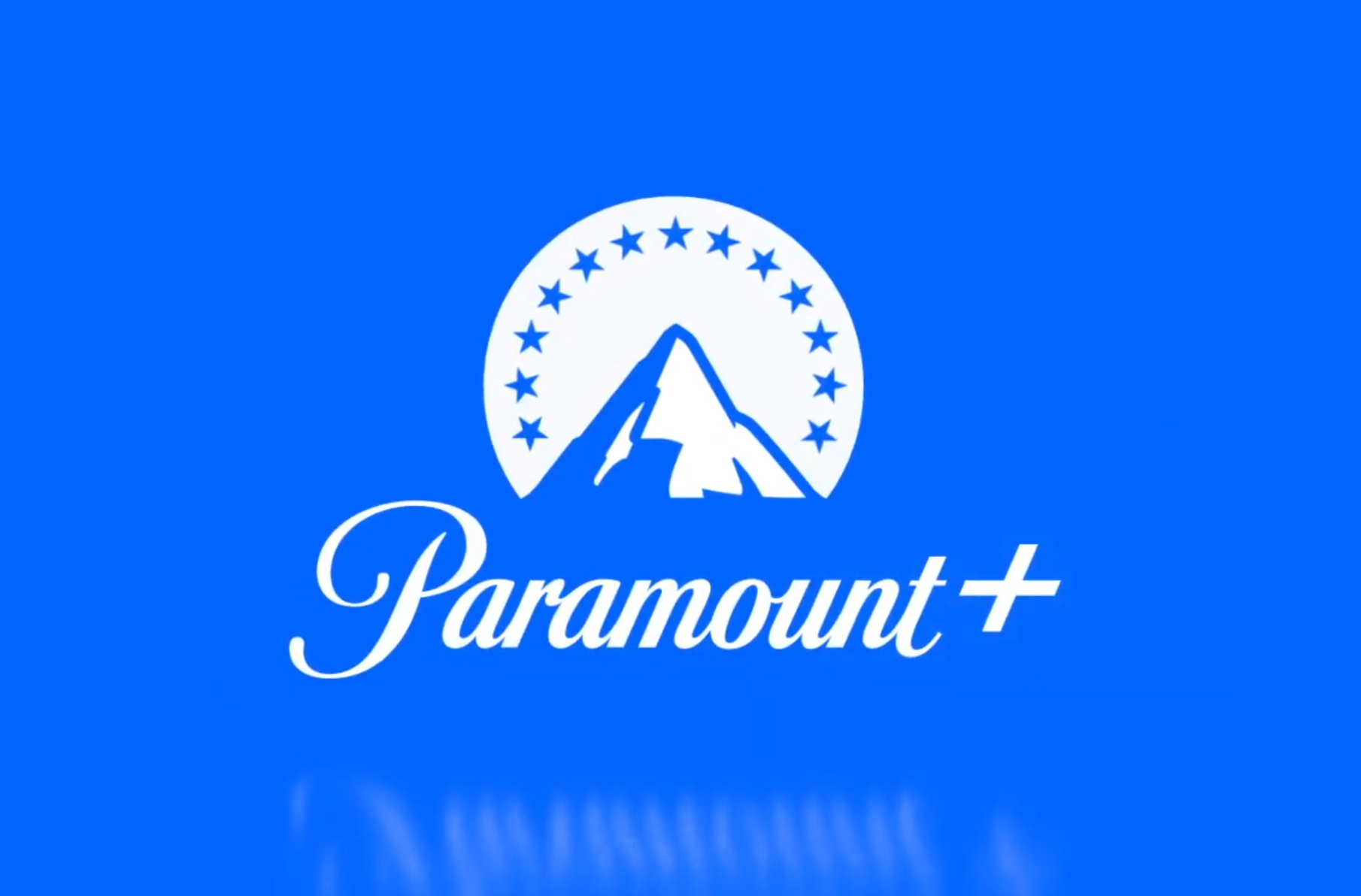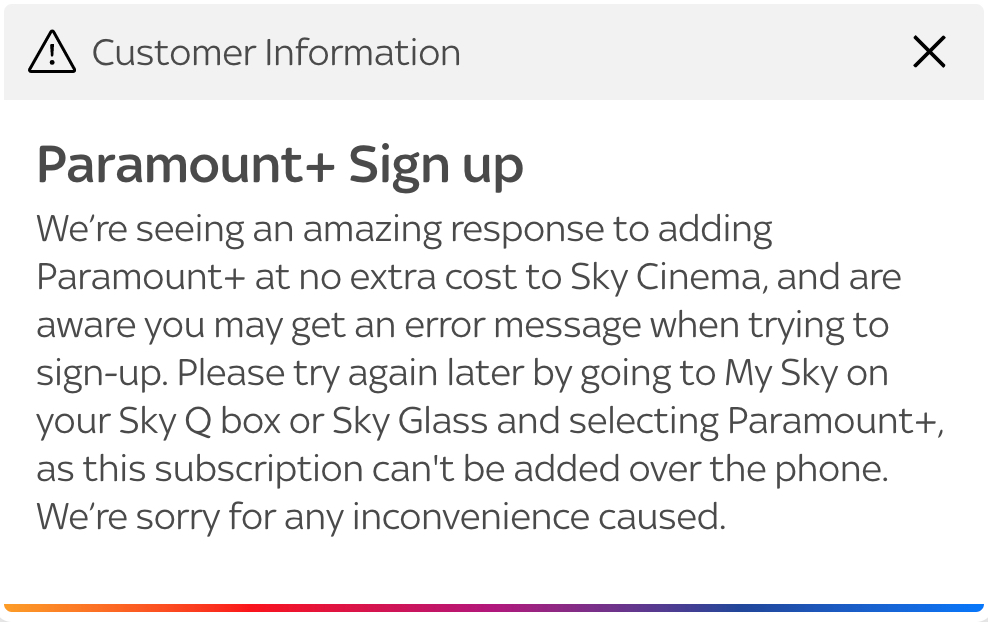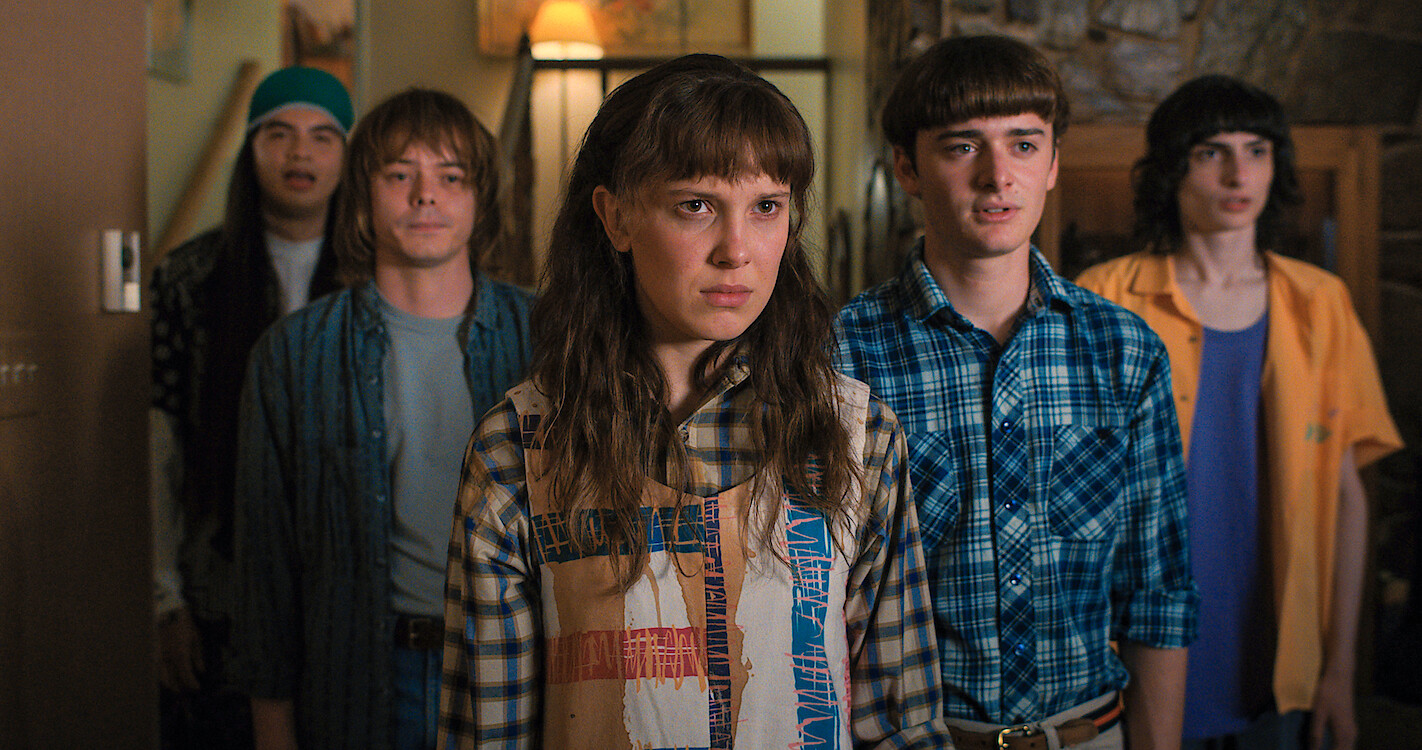
After more than 40 years of operation, DTVE is closing its doors and our website will no longer be updated daily. Thank you for all of your support.
Does the UK have room for another major SVOD?

One of the more curious sights to have seen this week surrounding the launch of Paramount+ in the UK and Ireland has not been the celebration of this ‘Mountain of Entertaiment™’ but rather a distinct sense of ‘oh no, not another one’.
Initial write-ups of the service have focused as much on the penny-pinching economic conditions in which us Brits found ourselves, as they have on there being “nothing killer to watch”. And this is without considering the technical limitations at launch that sees Paramount+ restricted to 1080p and Stereo sound (at a time when rivals are offering IMAX in the living room).
But in spite of launching into one of Western Europe’s most mature – and debatably oversaturated – streaming markets, Paramount CEO Bob Bakish has said that the company is confident that it will be a success in the UK.
Speaking earlier this week to BBC Radio 4’s Today programme, Bakish said that the £6.99 per month streamer “has tremendous momentum worldwide” and that “it is a great time for us to be launching,” despite the cost-of-living crisis facing the UK.
All of this leads to the question of whether Brits have an appetite for another major mainstream SVOD, and if, in an economically restrained environment, consumers would be willing to replace one of Netflix, Disney+ or Prime Video with Paramount’s product.
The current landscape
A key part of Paramount+’s selling point is that it comes with arguably the most broad streaming offering on the market from an SVOD.
Netflix, which itself is going through something of an identity crisis as it deals with flailing subscriber numbers after a decade of dominance, has a decent range of content spanning from children’s entertainment to zeitgeist-grabbing originals. However, the company has struggled to reckon with the exodus of bankably recognisable IP as original rights holders launch their own platforms (the situation in the UK is not as bleak as in the US, where shows like Friends and The Office have all been pulled from Netflix in recent years, but that time too will come in the future). But as I discussed recently, the pulling power of Netflix’s IP shows that it is still at the top of the streaming tree, no matter how many lines are written about its subscriber losses.
Disney+ meanwhile has cornered the family market, and has the perpetual motion engine that is Marvel Studios. The addition of the Star hub in mid 2021, which brings more adult-oriented content from the Fox and Hulu catalogue, has also helped it appeal to older viewers. However, the streamer has largely fallen into the category of ‘event viewing’, where a large chunk of its viewers will go on once or twice a week to see the latest episode of the new Marvel or Star Wars show and while Disney would like more attention all of the time it won’t mind so long as those viewers are still paying their monthly dues.
Prime Video is an odd outlier in the streaming world internationally. It has a subscriber base which can only be rivalled by Netflix, but it’s unclear how many of its subscribers actually use the streamer as it comes bundled in with Amazon’s gargantuan Prime subscription. Speaking from personal experience, I am interested in a handful of originals (namely The Boys, Wheel of Time and the upcoming The Lord of the Rings: The Rings of Power), but an insipid UX seemingly designed to disorient viewers at every turn means I would not use the service out of choice on a daily basis.
A Mountain of Entertainment
So evidently from close examination the country’s main SVODs have strengths and flaws, with the latter enough to convince Paramount that now is the right time to bring its SVOD to the party.
Content is not lacking from a volume perspective. The streamer launches with more than 8,000 hours of content from brands including Showtime, Comedy Central, MTV, Nickelodeon and Paramount Pictures. It houses cinematic classics like The Godfather and will be the exclusive streaming home of the film of the summer, Top Gun: Maverick, later this year. In addition, Paramount+ will provide access to long-running series like NCIS, Young Sheldon and other shows that you are surprised are still running.
It could be argued that the streamer that should be most concerned by Paramount+ is Disney+. This isn’t to do with the quality or even quantity of its library, but there are two properties – PAW Patrol and Peppa Pig – which will have parents signing up if only to maintain their sanity through the summer holidays.
Though it has a trove of content, new streamers are generally judged by the quality of their originals and this is somewhere that Paramount+ has fallen down. The big-budget adaptation of video game franchise Halo has been described as “failing to be TV’s first great video game adaptation,” while the Godfather-making of docudrama The Offer is “baggy” and The First Lady’s star-studded cast “can’t save this confused period drama”.
These reviews immediately put Paramount+ on the back foot, especially when you compare it to Disney+ which flew out the gates in 2019 (or March 2020 in the UK) with The Mandalorian at a time before Star Wars fatigue truly set in.
Content is king, is the old adage, and Paramount (née ViacomCBS, née née Viacom and CBS as separate companies) has spent decades creating network television which is fine to watch as part of a linear schedule, but are people really racing to their streaming devices to watch season 12 of Blue Bloods?
This isn’t to say it will be this way forever. An uninspiring launch slate of originals will open up in the coming years, with the company this week stating that it will commission 150 international originals from more than 20 countries by 2025.
At launch, one wonders if perhaps Paramount may have been better off partnering more closely with a major operator to launch within its offer, as the company has done in South Korea with TVING.
 Instead, Paramount+ launches in partnership in the UK and Ireland with Sky, with the operator’s Sky Cinema package now including the streamer. This at least will give the service a head start, with Sky managing director of content Zai Bennett describing Paramount+ as “the perfect pairing” to its own service.
Instead, Paramount+ launches in partnership in the UK and Ireland with Sky, with the operator’s Sky Cinema package now including the streamer. This at least will give the service a head start, with Sky managing director of content Zai Bennett describing Paramount+ as “the perfect pairing” to its own service.
Sky customers at least seem enthused about activating this offer, with a pop-up message now showing on Sky’s customer support site describing the “amazing response to adding Paramount+ at no extra cost” before telling people to ‘try again later’ when it comes to the inevitable subsequent technical errors.
But it is one thing for consumers to want access to something which they’re entitled to as a part of their pre-existing subscriptions, and another to entice new subscribers. Paramount certainly has the money and resources to make Paramount+ a success, but at launch in the UK and Ireland the service largely feels wanting when compared to its competitors. Ultimately it seems as though Paramount+ still has some way to go if it is to prove its value to cost-conscious consumers staring down the barrel of a third recession in 20 years.




